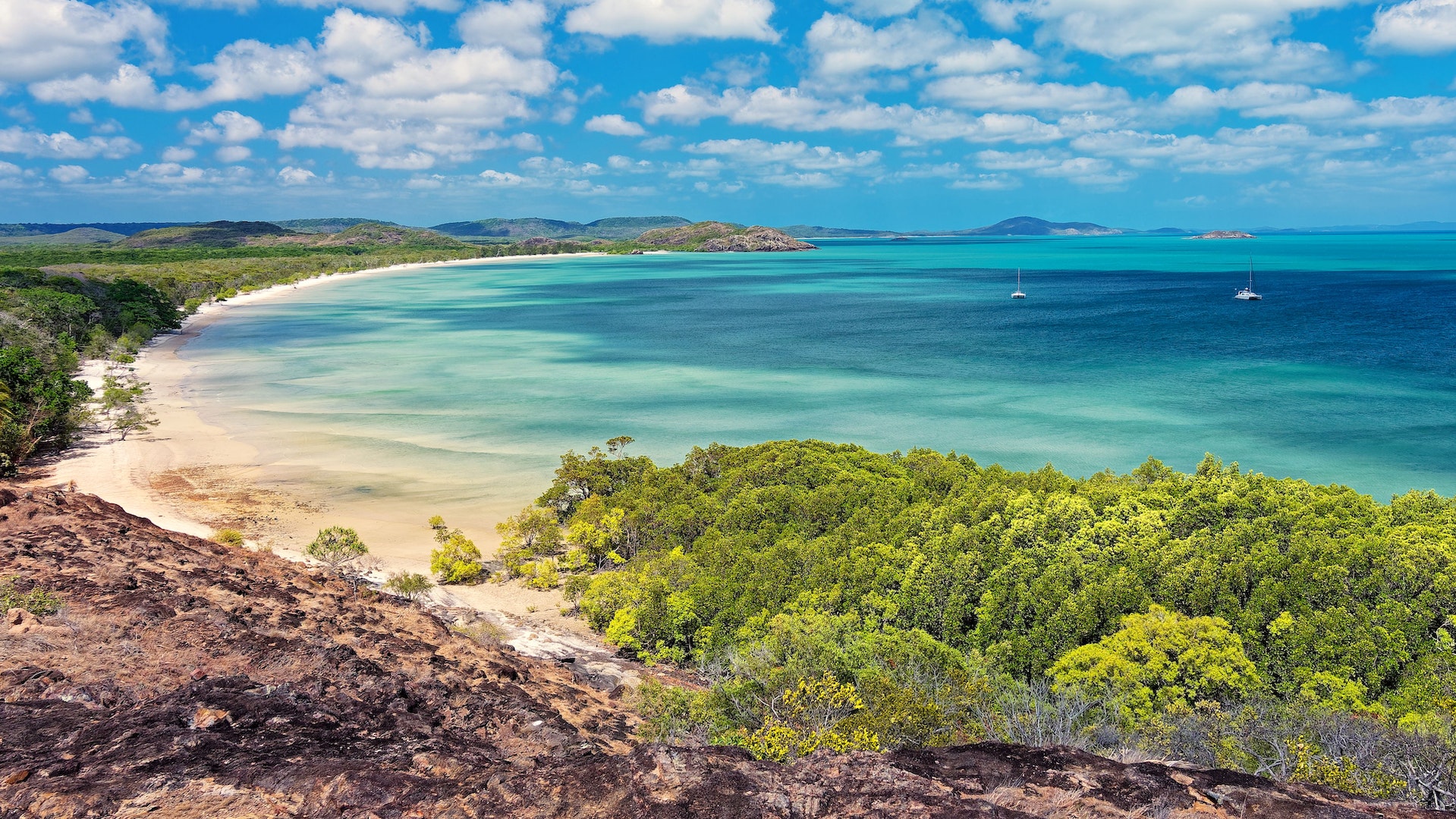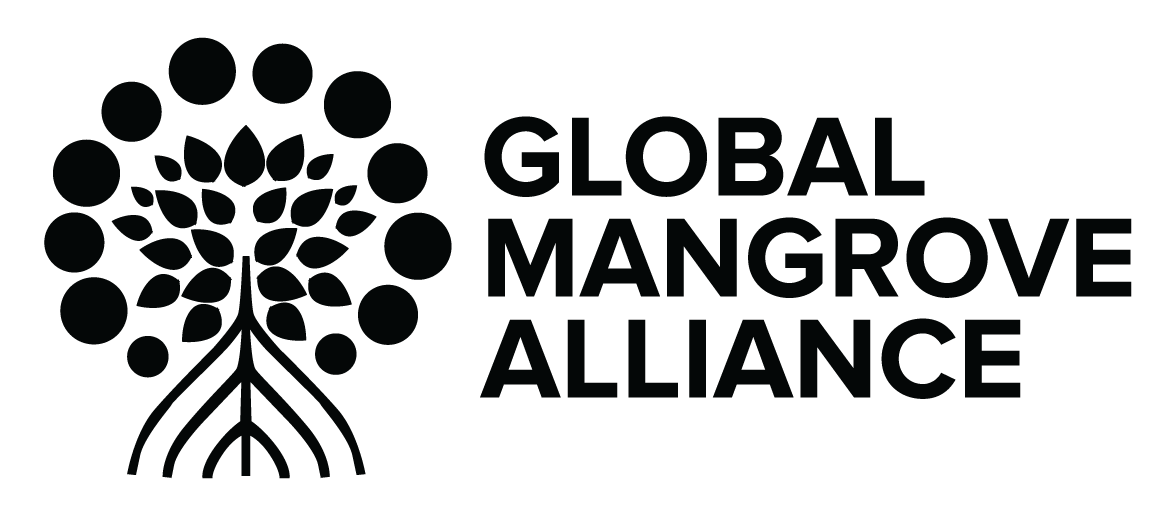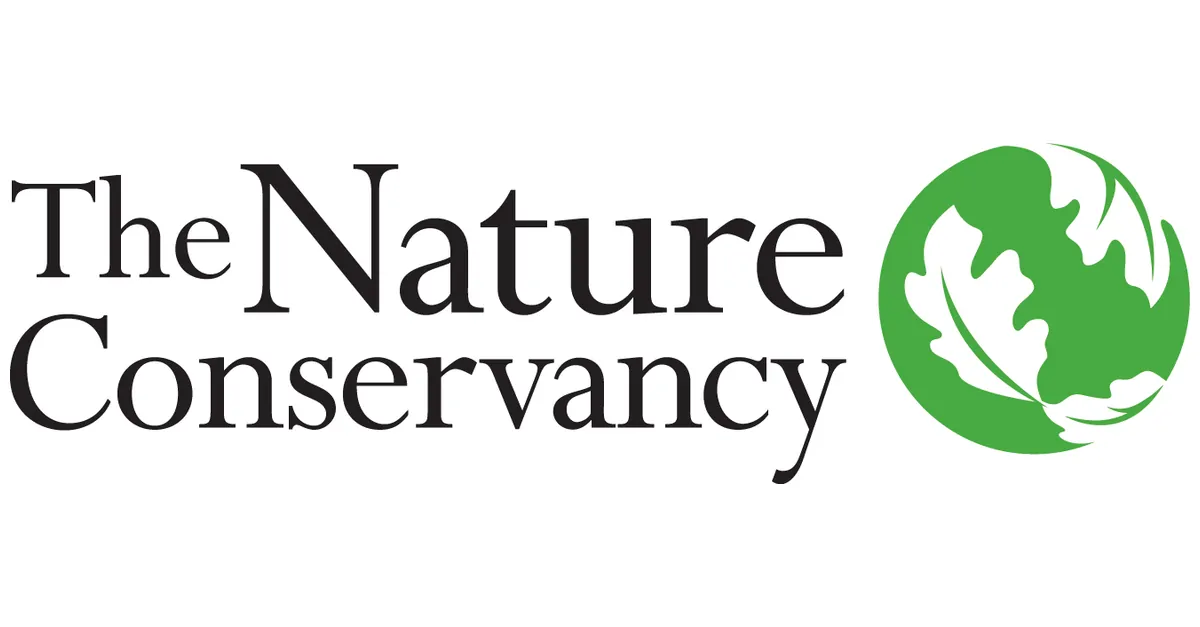The 2030 Mangrove Breakthrough
Invest USD 4 billion to restore and protect 15 million hectares of mangroves by 2030*
Why mangroves? Take Action ×
×
Why mangroves?
By 2050, the global community will face annual costs of over $1 trillion to coastal urban areas as a result of the combined effects of rising sea levels and extreme weather events. These impacts are projected to be unequally distributed and certain countries, such as Small Island Developing States (SIDS) and Least Developing Countries (LDCs), are far more exposed and will experience losses in a more extreme manner.
At the centre of the solution to enhancing coastal resilience lies the protection and restoration of coastal ecosystems and biodiversity. Coastal habitats not only help mitigate the impacts of climate change by sequestering carbon and acting as important natural buffers to sea-level rise and storm surges, but they also play a critical role for income, culture, livelihoods, and nutrition security, especially for coastal communities in SIDS and LDCs.
Perhaps the most effective and critical solutions in this respect is the protection of existing natural areas such as mangroves, or coral reefs. Since we have already lost large areas of these ecosystems, protection may not be enough; we need to restore coastal habitats to enhance coastal resilience to face the pressures and changes already underway. Ecosystem restoration is now successful at delivering results over large spatial expanses; it is cost-effective, and can generate social and economic benefits for people where it is employed.
Based on a common understanding of the international science community, the Mangrove Breakthrough goal was defined by scientists from the GMA Science Working Group and the Mangrove Specialist Group using best available geospatial data, and knowledge about finance needs.
* Ensuring sustainable long-term finance for all existing mangroves by achieving an investment of 4 billion USD
** Halting mangrove losses
*** Restoring half of recent mangrove losses
**** Doubling the protection of mangroves globally.
In achieving the Mangrove Breakthrough, we estimate a climate benefit of sequestering over 43.5 million tons of CO2 into mangrove biomass and safeguarding or sequestering an additional 189 million tons of CO2 in the soil.
Restoring half of recently lost mangroves would potentially benefit 37 commercial marine species of fish, crabs, bivalves and shrimp by providing habitat for over 25 billion juveniles each year. And the coastal protection provided by mangroves against flooding and storms – securing lives, infrastructure and economic security – has been estimated to reduce flood risk for over 15 million people and over $65 billion worth of property annually.
Learn moreSee our full list of partners
Accelerating the Mangrove BreakthroughFURTHER READING
A breakthrough moment for mangroves: Delivering Global Action on Mangrove Restoration and Protection
Dubai, UAE, 10th, December, 2023: COP28 made significant progress towards securing the Mangrove Breakthrough’s goal of 15 million hectares of mangroves underpinned by USD 4 billion of new investments by 2030. Global mangrove protection and restoration has secured significant support of over 40 new governments via the Mangrove Breakthrough leading to and at the UNFCCC […]
READ MOREClimate Week NYC: Salesforce announces support for Mangrove Breakthrough
At Climate Week NYC, Salesforce, in partnership with Climate Policy Initiative (CPI), launched a Corporate Climate Finance Playbook to help companies unlock multiple forms of capital to accelerate climate action.
READ MOREScaling mangrove finance on the road to COP28
With four months until COP28, partner organizations of the Mangrove Breakthrough recently met to accelerate efforts to unlock $4 billion USD in funding and secure the future of 15 million hectares of mangrove forests by 2030.
READ MOREThe Mangrove Breakthrough: a call to action for a critical ecosystem
The Global Mangrove Alliance (GMA) in collaboration with the UN Climate Change High-level Champions have identified the need for a unified global approach towards mangrove conservation and calling for signatories to the “Mangrove Breakthrough” being launched today at COP27.
READ MORE









